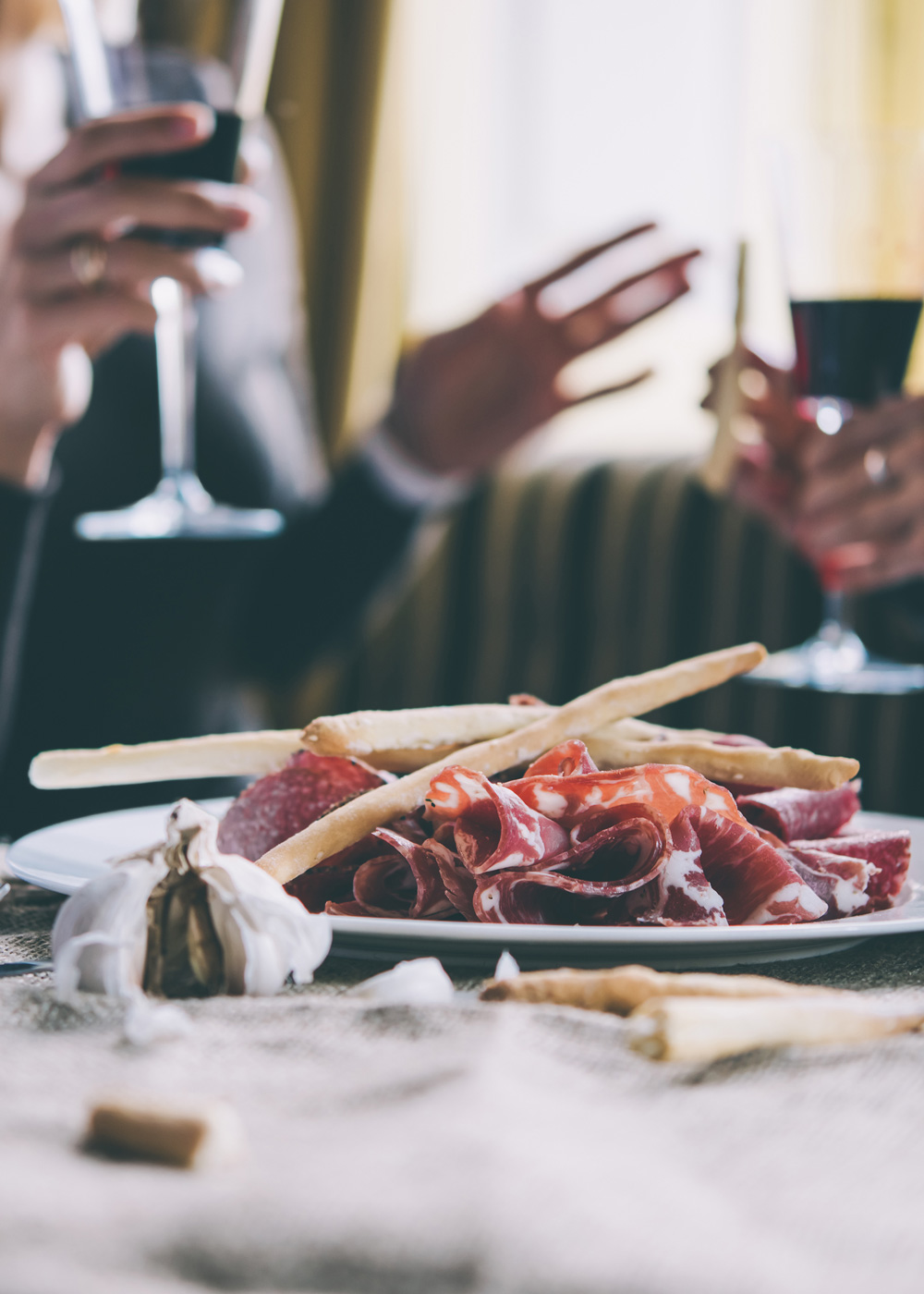Do you ever find yourself at a loss when asked about your wine preferences? You know the style of wine you enjoy, but which words should you use to describe it? Wine vocabulary can seem dizzyingly complex, but you shouldn’t need expertise to get what you want from a retailer or restaurant. In this post, we’ll discuss some vocabulary and strategies for saving time and effort when discussing your preferences with professionals.

Boldness
It can be intimidating to talk to a sommelier or wine merchant, especially if you’re not versed in wine lingo. Don’t be nervous. The professional you’re talking with is there to assist you and has experience helping people from many backgrounds. Be honest about what you want, be straightforward when you don’t like something and remember that you’re in partnership with the professional to find the best wines for your taste.
Dry and Sweet vs. Fruity
The term, “dry” is responsible for perhaps more confusion than any other word in the wine lexicon.

Many people think that “dry” means “bitter,” but that’s not the case. The word “dry” refers to an absence of sugar and is not related to favors. In other words, just about any beverage can be dry regardless of what it tastes like. The most fundamentally dry beverage (ironically) is water. Black coffee is dry, but when you add cream and sugar, it becomes sweet. Wines are considered fruity when they taste like fruit, so if you detect flavors of berries, apples, peaches, etc., the wine is fruity – whether it is dry, sweet, or somewhere in between. Hopefully, understanding this will prevent you from being served wine that is too dry or sweet for your taste.
Body
Body is essentially the weight or mouthfeel of the wine and is usually related to alcohol content. Higher alcohol will result in a fuller body and lower alcohol in a lighter body. Body is not related to the intensity of flavor or color. Some light-bodied wines are very flavorful and dark, while some full-bodied wines are lightly colored and flavored. It’s worth considering if you prefer dark wines or full wines, or both since they are not the same.
Tannin
A substance found in red wine as well as black tea, tannin is tasteless and detected by the sense of touch. It coats your teeth and tongue and interacts really well with fat in foods. That’s why the tannic wine Cabernet Sauvignon is famously good with steak. The fat in the food and the tannins in the wine heighten the enjoyment of both. Tannin is found in oak barrels, stems, seeds, and other parts of the vine, but the main source in wine is grape skin. Different varieties have different levels of tannin in the skin. That’s why Cabernet generally has more tannin than Pinot Noir.

Acidity
The word “acidic” generally has a negative connotation, but in the wine world, it simply refers to the “tartness” of wine. Acidity contributes several positive things to a wine, including food friendliness, a refreshing character, and ageability. More acidic wines tend to come from cooler climates. Many people who prefer wines from the New World enjoy low-acid wines but don’t realize it. It might be a good way to share your preferences.
Old vs. New World
One of the best ways to order wine is to ask for Old World or New World wines. If you know that you like Napa Cab, ask your sommelier for a “New World red similar to Cabernet.” Based on their understanding of your request, they might surprise you with something amazing that you’ve never had before.
Compare Wines to Others That You Know
Another good strategy is to ask for wines similar to brands you’ve already had. “I really like X wine. Do you have anything comparable?” This approach is also a good way to talk about price without specifically mentioning cost. The sommelier will probably try to find a wine that tastes similar to the one you mentioned at a similar price.




